What is a Bite Plate?
A bite plate is used to prevent biting forces from resisting the movement of teeth.
Wear and Cleaning
- Bite plates need to be worn as directed.
- It is acceptable to remove when eating, brushing and during sports. We recommend wearing a mouthguard.
- While not wearing the bite plate, be careful not to bite on your braces.
- When not in your mouth keep it in the protective case.
- Do not wrap it in a napkin where it might get accidentally thrown out.
- Pets love to chew them.
- Do not clean it in hot or boiling water. Excessive heat will distort it.
- There are effervescent tablets can be used for cleaning. Ask us for recommendations.
Care
When you first wear you bite plate, your teeth may become sore. This is normal and should subside within a week. Sometimes there are rough spots that need smoothing. If so, please contact us. Should you lose or break the bite plate, please let us know immediately.
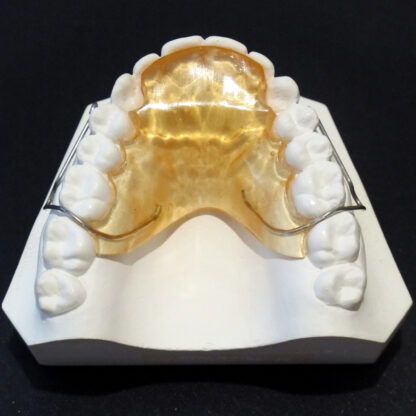
What are braces?
Braces consist of many different parts:
- Archwire: The wire in between the braces that guide the teeth
- Bracket: What we commonly refer to as the “brace”
- Bands: Full coverage “rings” around the teeth
- Coloured elastic ligatures: The coloured ties around the braces
- Coloured chain: Connected coloured ties to close spaces
- Steel ligatures: A steel-tie alternative to a coloured tie
- Elastic hooks: Hooks on the bracket that can be used to attach elastics
Care
- Every day, check for loose brackets. If you are able to slide the brace on the archwire, it has become detached and you will need to call the office.
- If an archwire is poking, apply wax to the end, or push the end in with the blunt end of a toothbrush. See the emergencies section.
- If in doubt, give us a call and we can help.
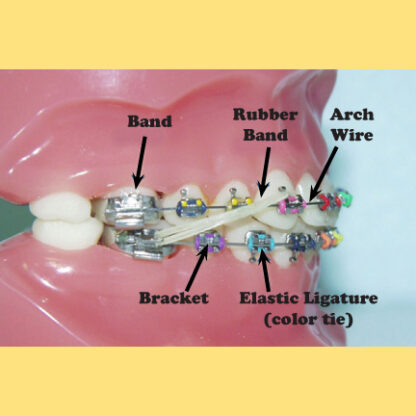
What is a Distalizer
Care
- It is important for you to wear your elastics consistently with the Distalizer.
- With good wear, it is not uncommon to see spaces open up next to the front teeth.
- NOT ALL ELASTICS ARE CREATED EQUAL! Pay attention to the size/name of the elastic on the bag.
- Change the elastics daily.
- We may change the size/tension of elastic as needed.
- If you lose your elastics call us.
- If any element of the Distalizer becomes loose, please discontinue elastic wear and let us know immediately.
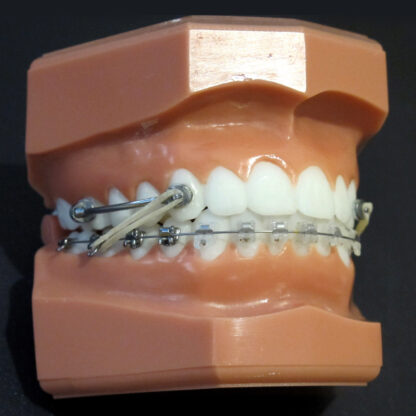
Why are elastics used?
Elastics (rubber bands) are a common part of orthodontics. Elastics are used to help top and bottom teeth fit together properly.
Care
- Elastics come in different strength and sizes. Pay attention to the size written on your bag.
- Elastics are worn in specific configurations. Pay attention to how you are instructed to wear the elastics. If the elastics are not worn properly, they are not working properly.
- Elastics are usually worn either full time or night time. Full time means all the time except for brushing and sports (where you should be wearing a mouthguard). Night time means sleeping (8 hours.)
- If you lose elastics, please call us.
- If you forget your elastic strength or how to wear them, please contact us.
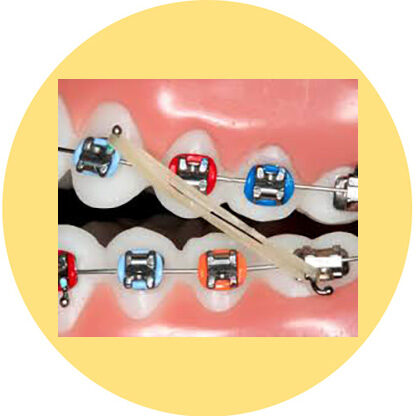
What are springs?
There are many different styles of springs designed to correct an overbite or underbite. They are different from elastics because they are attached to the wires and cannot be removed.
Care
The springs may seem a bit bulky at first and may cause some cheek irritation. You should be able to move your jaw freely and eat as normal.
Be sure to brush and floss as normal and rinse well. Brush for 2 minutes.
Give us a call if:
- Any part of the spring feels loose
- If any of the braces next to the spring come off the tooth
- If you have any questions
- If you feel anything unusual
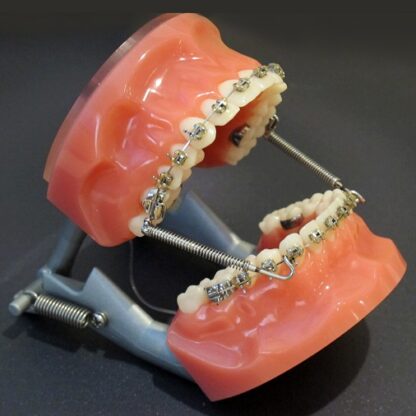
What is an expander?
An expander is to widen the upper jaw or archform.
Care
An expander is actively turned for a specified period of time. The turns are done at home, so we will provide you with instructions on how to turn the key (you will need someone to help you). Each turn of the key is a very small amount of expansion.
Most common mistakes:
- Turning the key and then un-turning it. Undoing the expansion.
- Not turning the key far enough to advance to the next hole.
Things you CAN expect:
- Pressure
- Tingling (even as high as the bridge of the nose)
- Space opening between the front teeth (this is normal)
- Mild adjustment to speech after it first goes in
After the amount of expansion is deemed appropriate, the expander stays in place to stabilize. It is common to leave the expander in place for several months to allow this stabilization to take place. The care and maintenance of the expander is not very different from braces. Regular brushing and flossing can still take place. Pay attention to rinsing with mouthwash to make sure no food gets trapped around the expander.
Give us a call if:
- You have ANY questions
- You experience more discomfort than mild pressure
- You feel the expander is loose or needs to be checked
- You feel anything unusual
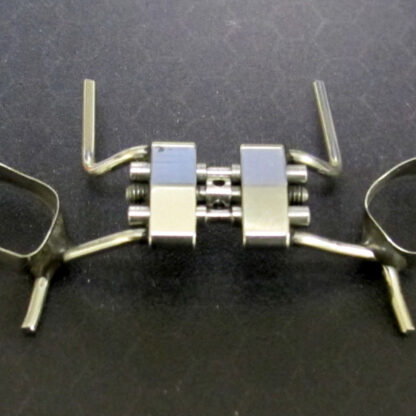
What are retainers?
Retainers are designed to “retain” the results we’ve achieved through treatment. REMOVABLE RETAINER VS. FIXED RETAINER (BAR): WHAT’S THE DIFFERENCE?
Removable retainers can go in and out. This provides the ability to brush and floss without anything bonded to the teeth. It also provides less places for plaque and tartar to accumulate.
Removable retainers work well if worn as directed!
Fixed retainers are often referred to as bonded “bars” or “wires” to the back of the teeth. These are often left in place indefinitely and are referred to as “permanent” retainers.
Care – Removable Retainers
Retainers initially need to be worn all the time except eating, brushing and sports
When not in your mouth, keep it in the protective case.
Do not wrap it in a napkin where it might get accidentally thrown out
Pets love to chew them.
Do not clean it in hot water. Excessive heat will distort it.
Clean your retainer at least twice a day. Water and toothpaste can be used to clean it.
When you first wear your retainer, it may feel tight. This is normal and should go away in a couple of days. Sometimes there are rough spots that need smoothing. If so, give us a call.
If you lose or break the retainer, it is important that you let us know right away.
Retainers can break or crack if handled roughly. Retainers break when you drop them, step on them or put them in your pocket. If your retainer breaks, call the office immediately.
Care – Fixed Retainers
We will show you how to brush and floss around a fixed retainer. You’ll need additional tools like floss threaders to help you get around the wire.
Check the fixed retainer daily to make sure no part of the adhesive is loose and no part of the wire is bent. If you notice any shifting, it’s usually a sign of a loose adhesive bond. Let us know right away so that we can help!
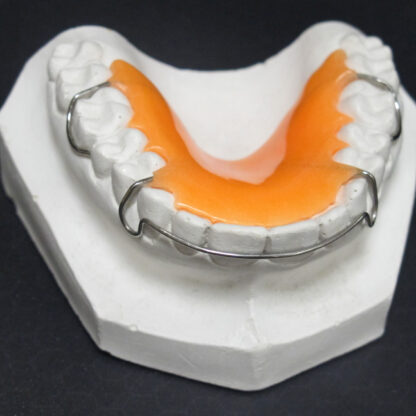
What’s a Transpalatal Arch?
Transpalatal arches (TPA) are a means of “holding” the upper molars together. They are custom-made and not removable.
Care
- Brush and floss as normal. Make sure you brush the gumline around the bands really well and take time to check the roof of your mouth to make sure you have adequately rinsed the area to keep it clean.
- Avoid any chewy, sticky or hard/crunchy foods as they can make the bands come loose or distort the wire.
- Transpalatal arches usually do not stay in for the entire treatment time.
- If a band feels loose or if you let us know!

What are separator elastics?
Separators are tiny rubber bands that go in between the teeth.
Care
- After placing the separators, we will show you how to identify them.
- Avoid chewy, sticky foods or gum
- Do not floss in the areas of the separators
- You may feel some pressure in the area of the separator. This is normal.
- We will remove the separators prior to placing the bands.
- If you lose a separator, let us know right away.
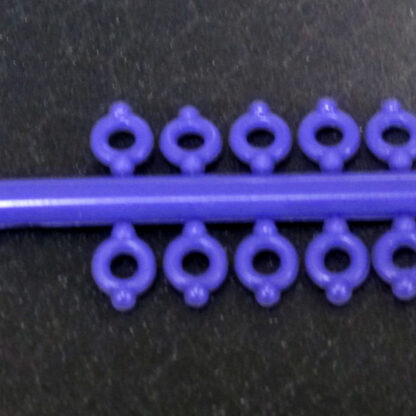
What’s a lingual arch?
A lingual arch is a custom lower fixed (bonded non-removable) appliance.
Care
- Brush and floss as normal.
- Make sure you brush the gumline around the bands really well.
- If it has bent away from the teeth, let us know right away.
- Avoid any chewy, sticky or hard/crunchy foods.
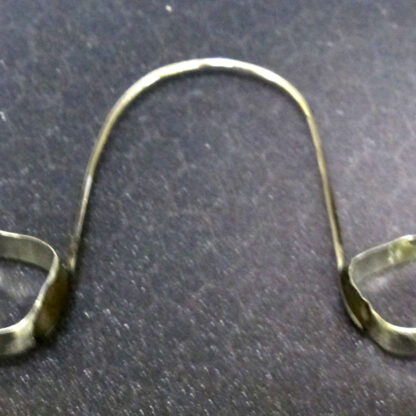


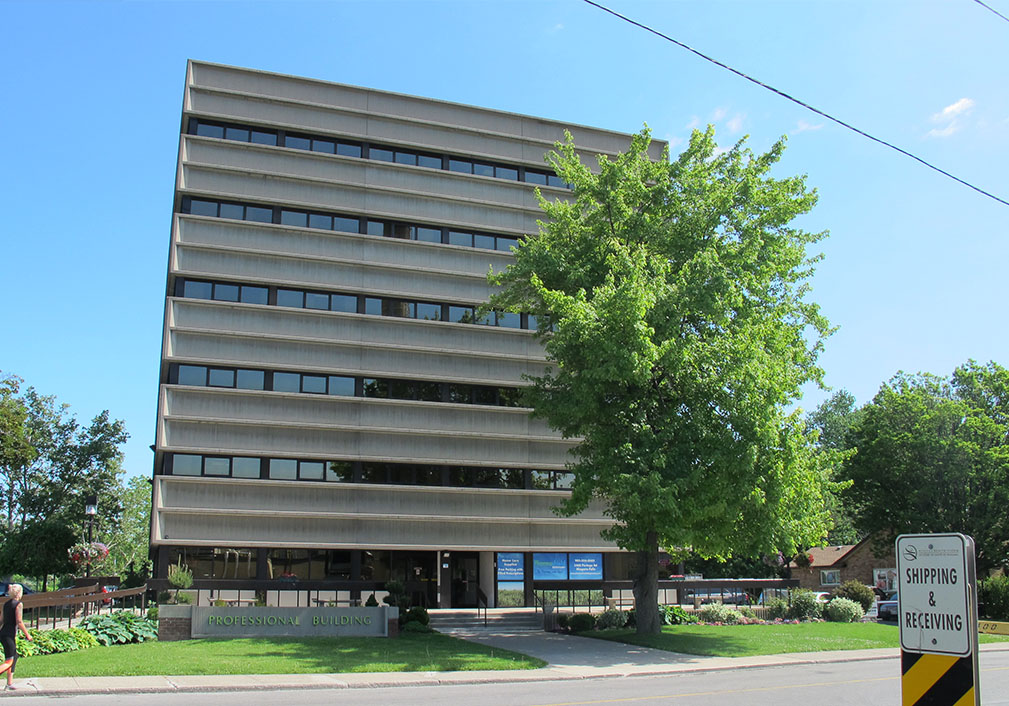
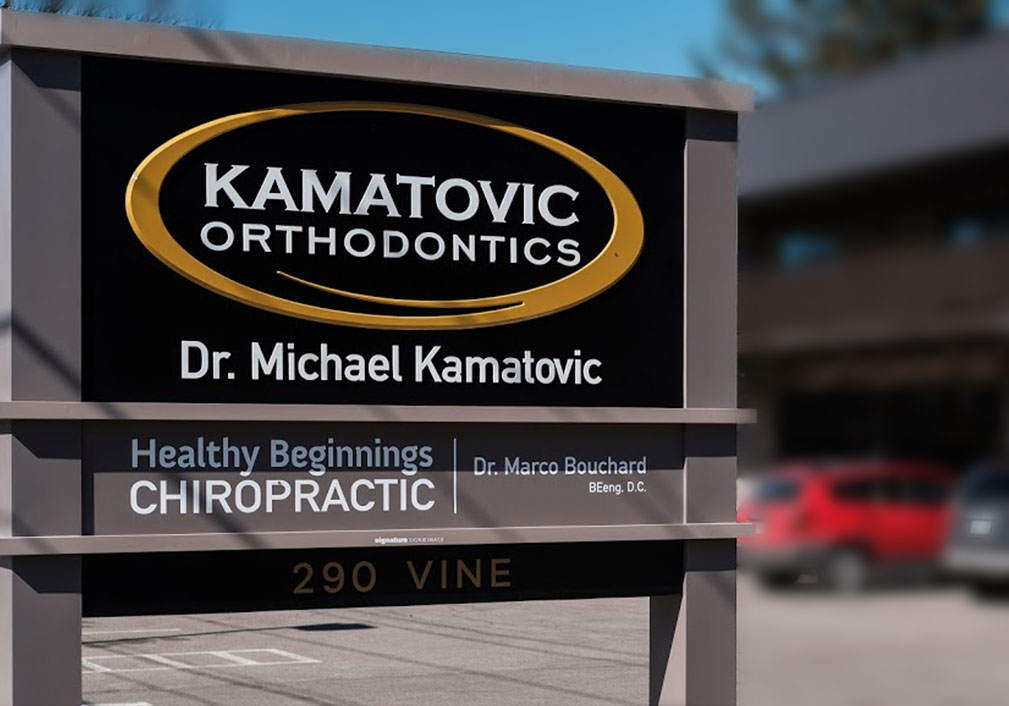
Dr. Michael Kamatovic
At our clinic you will find a progressive, efficient team of caring, highly qualified orthodontic professionals proudly dedicated to providing personalized service with quality treatment results. You also have the convenience and flexibility of visiting any of our great locations for any of your treatment needs.
Learn more about Dr. Kamatovic

Niagara Falls Location
Visit Our Niagara Location today!
Professional Building
5400 Portage Road 2nd Floor
Niagara Falls, Ontario, L2G 5X7
(905) 356-7919

St Catharines Location
Visit Our St Catharines Location today!
St. Catharines
290 Vine St. Unit 1
St. Catharines, ON L2M 4T3
(905) 397-5885

